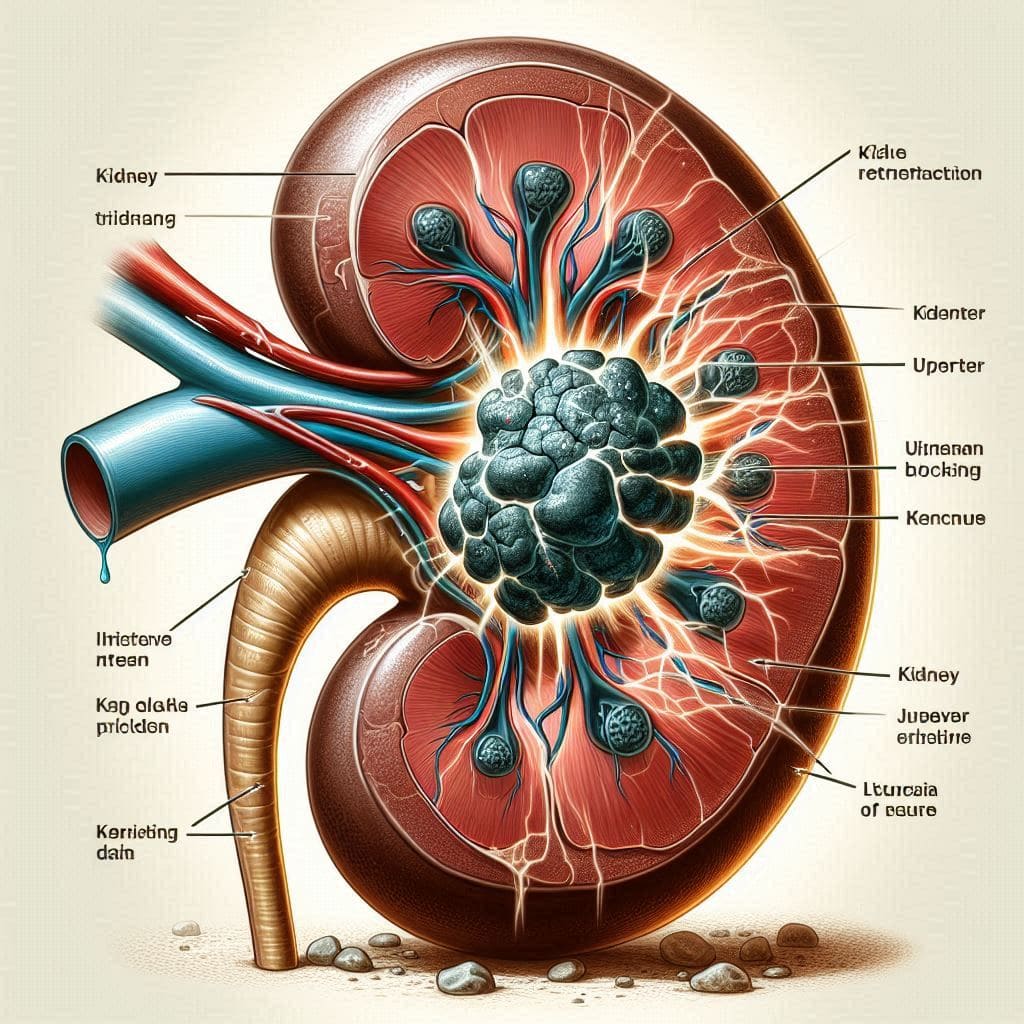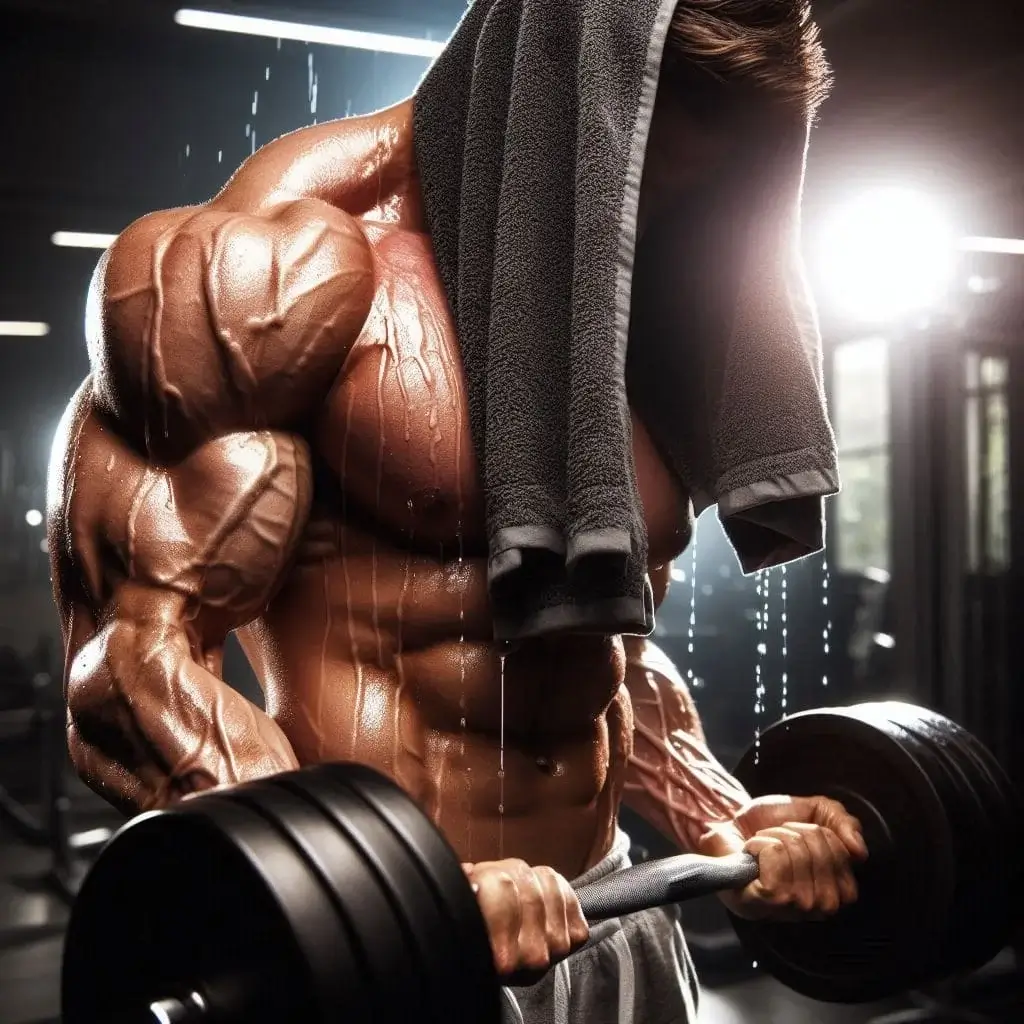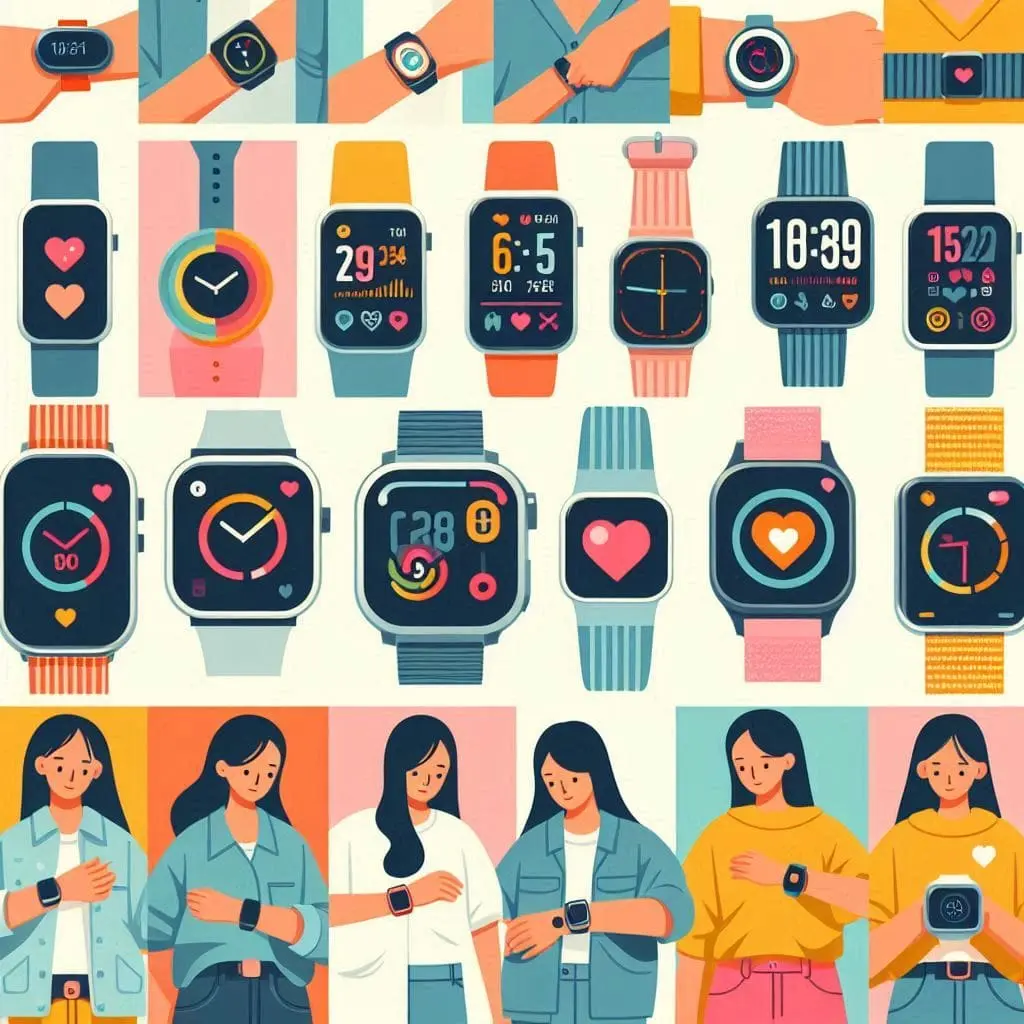Kidney Stone Sizes: Understanding Their Scale
- Posted: May 11, 2024
- Updated: May 11, 2024
- Health
- By Faraz Ahmad
Understanding Kidney Stone Sizes: Kidney stones, also known as renal calculi, are solid crystals that develop in the urinary system. They form due to factors like reduced urine volume and the buildup of harmful substances.

Kidney Stones (Renal Calculi)
Understanding Kidney Stone Sizes: Kidney stones, also known as renal calculi, are solid crystals that develop in the urinary system. They form due to factors like reduced urine volume and the buildup of harmful substances. Dehydration is a major culprit behind their formation. Kidney stones vary greatly in appearance and can be caused by factors such as diet, metabolic issues, genetics, medications, and certain health conditions.
Sizes of Kidney Stones
Kidney stones come in a range of sizes, from tiny crystals to larger ones as big as a golf ball. These variations in size can impact the following aspects:
Treating Kidney Stones
The size of kidney stones influences the type of treatment needed for their removal. Small stones can often pass through the kidneys without medical intervention, whereas larger stones typically require medical treatment. Various tests, like KUB, ultrasound, or IVP, are used to determine the size of kidney stones and identify the most effective treatment approach for their removal.
What Kidney Stones are Made of
The size of kidney stones can also reveal their composition. Kidney stones can be made up of different materials like calcium, uric acid, struvite, or cystine. These stones form when harmful compounds accumulate in the kidneys. Excessive deposition of these compounds can lead to the formation of larger stones, potentially causing blockages in the urinary tract.
Here’s a chart showing the different types of kidney stones along with their shapes and sizes.
| Types of Kidney Stones | Shapes of Kidney Stones: |
Incidence Rates: | Risk Factors | Causes |
| Calcium Phosphate Stones | Amorphous | Less than 5% | Conditions like hyperparathyroidism and renal tubular acidosis increase the risk | Elevated levels of calcium and urine pH |
| Uric Acid Stones | Diamond | Around 10% | Gout and diabetes mellitus also contribute to the risk | Increased uric acid levels and urine pH |
| Struvite Stones | Coffin-lid | Around 10% | Anatomical abnormalities like neurogenic bladder pose additional risks | Elevated urine pH |
| Calcium Oxalate Stones | Enveloped | Approximately 85% | Middle-aged men are more prone than women | High levels of calcium and oxalate in urine |
| Cystine Stones | Hexagonal | Less than 1% | Cystine stones are mainly due to cystinuria, a genetic condition causing high cystine levels in urine, leading to stone formation. | Rare genetic disorder resulting in high cystine levels in urine |
Signs of Kidney Stone Passage
Kidney stones can be very painful when they move through the urinary tract, although not all stones cause pain. Certain symptoms may indicate the passage of a kidney stone and prompt a visit to the doctor. Here are some early signs to watch for:
- Difficulty urinating
- Urine that smells foul or appears cloudy
- Nausea and vomiting
- Blood in urine
Duration for Kidney Stone Passage
The time required for kidney stone removal depends on their size. Smaller stones pass more quickly through the urinary tract. For instance, a 2mm stone might pass in around 12 days, whereas a 4mm stone could take about 30 days to pass.
Can Small Kidney Stones Pass on Their Own
Kidney stones smaller than 5mm are considered small and can often pass through the urinary tract without needing medical help. There’s an 75% chance that 4mm stones will pass through the kidneys within a month, while 5mm stones have a 55% chance of passing within about 60 days.
To aid the natural passage of small kidney stones, drink more fluids like water and citrus juices, and eat a diet that’s low in salt, calcium, and protein. Proper hydration helps prevent stone growth and assists in their gradual passage through urine.
If you feel lower abdominal pain while passing a kidney stone, consider taking an over-the-counter pain reliever such as ibuprofen as advised by your doctor to help relieve discomfort and aid in passing the stone.


